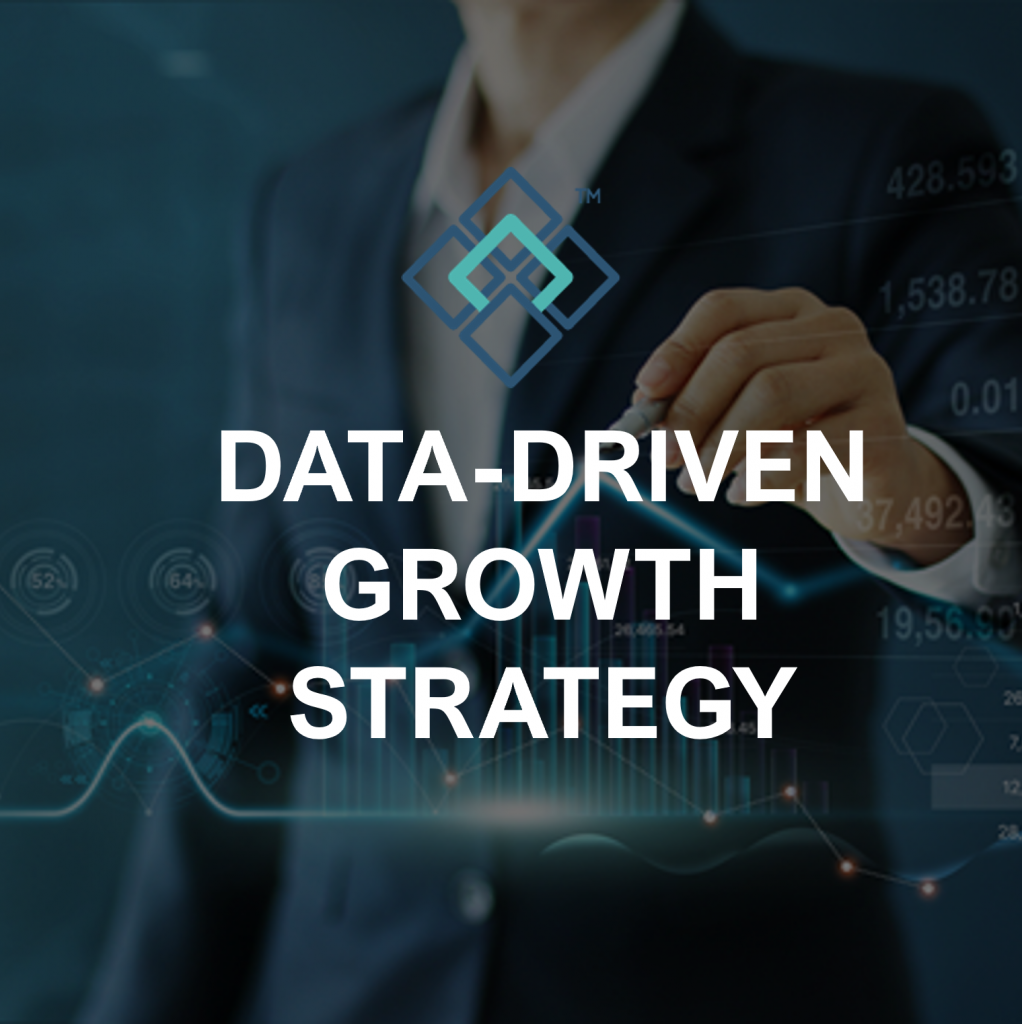
Building a Smarter Data Strategy: Key Stages for Driving Business Growth
Share
In today’s data-driven world, businesses are inundated with vast amounts of information daily. But having access to data alone isn’t enough. The key to turning raw data into actionable insights lies in developing a strategic approach that transforms information into business growth. Without a solid data strategy, companies risk drowning in data overload, losing focus on what truly drives value.
Here are the key stages to help you build a data strategy that not only organizes your data but also enables smarter, more strategic decisions:
1. Defining Clear Business Objectives
The first step in any successful data strategy is aligning data initiatives with clear business goals. Data should be treated as a strategic asset, with its purpose directly tied to the key challenges and opportunities your business faces. By setting clear objectives, companies can ensure that the data they collect and analyze serves a purpose that drives growth.
2. Establishing the Right Data Infrastructure
A strong data strategy requires a solid foundation. Building the right data infrastructure—whether it’s the tools, platforms, or technologies used to gather, store, and manage data—is essential. With a structured infrastructure in place, businesses can streamline the flow of information, reduce silos, and create a more efficient data ecosystem that supports real-time decision-making.
3. Collecting the Right Data
It’s easy to fall into the trap of collecting vast amounts of data, but not all data is valuable. Quality over quantity is key. Focus on collecting the data that is most relevant to your objectives—whether that’s customer behavior, operational performance, or market trends. By identifying the right data points, businesses can make better decisions based on actionable insights rather than getting bogged down by irrelevant information.
4. Analyzing and Interpreting Data Effectively
Data analysis is where the magic happens. However, analyzing data can be complex, especially as data volumes grow. Using the right tools and techniques to interpret this data is critical. As organizations embrace advanced analytics, the ability to uncover trends, patterns, and insights from data becomes more powerful. Whether you're utilizing machine learning, AI, or predictive modeling, the insights gained will help guide smarter, more effective decision-making.
5. Presenting Insights That Drive Action
It’s not enough to just analyze the data—you need to present it in a way that inspires action. Data visualization and storytelling are crucial for turning complex findings into clear, actionable insights. The key is making sure that the information presented aligns with the business objectives and provides a clear direction for stakeholders. Whether through interactive dashboards or concise reports, your insights should empower teams to act swiftly and strategically.
6. Continuous Refinement and Optimization
A good data strategy is not static—it’s iterative. As business environments evolve and data becomes more complex, the data strategy should be regularly reviewed and refined. By continuously optimizing the strategy, businesses can stay ahead of changes in market trends, customer behavior, and technological advancements. This iterative process ensures that data remains a valuable, ever-evolving asset for decision-making.
In conclusion, having a clear, structured data strategy is essential for transforming raw information into business growth. By following these key stages—defining objectives, establishing infrastructure, collecting the right data, analyzing effectively, presenting insights, and continuously refining your approach—businesses can unlock the full potential of their data.
As technology continues to evolve, those with a solid data strategy will be better positioned to stay agile, make informed decisions, and drive business success in a fast-paced world.
